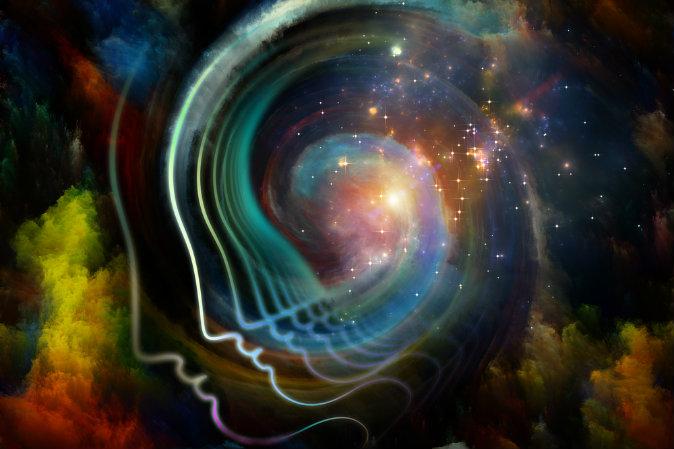Henry P. Stapp is a theoretical physicist at the University of California–Berkeley who worked with some of the founding fathers of quantum mechanics. He does not seek to prove that the soul exists, but he does say that the existence of the soul fits within the laws of physics.
It is not true to say belief in the soul is unscientific, according to Stapp. Here the word “soul” refers to a personality independent of the brain or the rest of the human body that can survive beyond death. In his paper, “Compatibility of Contemporary Physical Theory With Personality Survival,” he wrote: “Strong doubts about personality survival based solely on the belief that postmortem survival is incompatible with the laws of physics are unfounded.”






